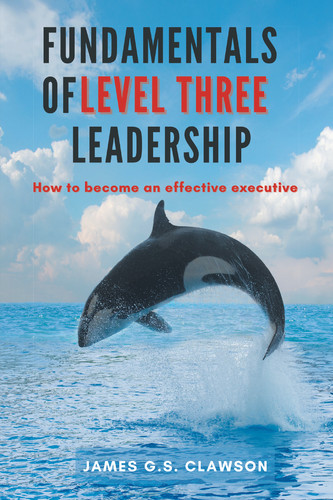21. The Rational-Emotive-Behavior Model
Concept
Our conscious and semi-conscious VABEs shape our Level One behavior. One person likes blue, another likes red and that shapes their choices. One child was taught that children are to be seen and not heard while another child was taught to speak up freely—and that shapes their Level One behavior. These and a thousand other comparisons make up one person’s deep Level Three elephant, the criteria by which they make visible decisions. If to speak. When to speak. What to say. How to say it. What to do. How to do it.
For those of you who like mathematics, this is an insight into human behavior. In essence, Albert Ellis’s theory (A Guide to Rational Living) and the variations therefrom give us an equation with one missing variable: VABEs. The equation is INPUTS + Level Three VABEs ![]() Level Two Conclusions
Level Two Conclusions ![]() Emotions
Emotions ![]() Level One Behavior. If one can identify the missing variable, the underlying VABE, one can understand and explain the resulting Level One visible behavior.
Level One Behavior. If one can identify the missing variable, the underlying VABE, one can understand and explain the resulting Level One visible behavior.
Inputs + L3VABEs ![]() L2Conclusions
L2Conclusions ![]() Emotions
Emotions ![]() L1Behavior
L1Behavior
In this equation, INPUTS and Level One Behavior are observable. What happens in-between we can only infer. And what we can infer is that a change in VABEs changes everything else. If you believe that people should be courteous and you go into a deli in New York City, you are likely to be offended. If you believe that people should leave you alone, and you go into a greasy spoon in Kansas, you may be offended by the friendliness of the wait staff. It’s all in the VABEs.
Modern research says, wait a minute, those conclusions are not rational, they are faster and deeper than that. Yet, those fast decisions (Kahneman, Thinking Fast and Slow) are based on deep preferences— preferences developed since birth. Surely, we will learn more about these cranial processes, stay tuned, but for now, it appears that whatever part of the brain is involved, those fast decision-making structures were not there nor informed at birth. And while no single theory of human behavior is comprehensive enough to hang your hat on, this one has immense practicality.
If you develop a VABE radar in which you watch for and note and register the underlying VABEs in what people say and do, you will have a very powerful tool for understanding behavior. You don’t have to be a psychologist to do this; you only have to understand this equation and then develop observational skills that permit you to see why the person is doing what they are. This in turn will help you see that simply telling someone to change their behavior is largely ineffective. That approach doesn’t address the underlying cause of that behavior. A wiser manager will identify the VABEs that drive someone’s behavior and strive to influence there.
Examples
A man travels across the country to be by the bedside of his friend as he wakes up from pulmonary surgery. Why? What is his VABE?
A father beats his child with a switch when she disobeys. Why? What is his VABE? (“spare the rod and spoil the child?”)
A man able to pay his debts, delays and delays repaying his debt to a friend. Why? What’s his VABE?
A man borrows tools from his friends, often not returning them. Why? What’s his VABE?
Another man buys new tools he needs never thinking to ask his friends if he can borrow their tools. Why? What’s his VABE?
One man yells at an intern telling her to shut up and do what she’s told. Why? What’s his VABE?
Another account manager asks his intern what she was thinking when she did what she did and listens patiently. Then, he engages a discussion with her about her assumptions and his assumptions and how they might work together more efficiently in the future. Why? What’s his VABE?
A woman stops by a homeless person walking and offers him a ride. Why? What’s her VABE?
Another woman honks at the walking homeless person to get out of the way. Why? What’s her VABE?

Challenge
1. Develop your VABE radar by observing people’s Level One behavior and trying to articulate (write down) their underlying VABEs.
2. Reflect on your own VABEs as they shape your behavior. Are they functional or dysfunctional in getting buy-in from those around you?
3. When you are angry or annoyed, pause and ask yourself “What are the underlying VABEs that are making me angry or annoyed? Can I revisit and perhaps refine those VABEs?” NOTE: Not all anger is bad. Much of it, however, is self-destructive and can actually harm the holder of anger.7
4. When someone else is angry or annoyed, ask yourself, “What VABE is generating this anger?” and see if you can’t understand better and manage that relationship better.
5. When you think someone is being irrational, try to identify their underlying VABE and compare it with yours. In the REB model, all behavior is rational to the person who has a certain VABE. The VABEs are the difference in rationality.
7 http://everydayhealth.com/news/ways-anger-ruining-your-health/
